* THERE ARE34 ARTICLES

Cheer RS flexible Series: The Ultimate Flexible LED Rental Display Solution for Any Event
In the world of live events and immersive experiences, LED displays are no longer just a backdrop—they’re the heartbeat of the visual spectacle. LEDcheer’s Cheer RS Series is engineered to meet this rising demand, offering an exceptionally flexible LED rental display that delivers stunning visuals and structural versatility for any event setting. Whether it’s a music festival, trade show, corporate launch, or touring production, the Cheer RS Series is built to adapt—both indoors and outdoors—and perform under pressure. Lightweight. Curved. Impactful. The Cheer RS Series redefines what’s possible with modular LED displays. Weighing less than 7.5kg per cabinet, it’s designed for easy handling, fast setup, and efficient dismantling. Thanks to its advanced arc-locking system, the RS Series can effortlessly form curved, cylindrical, or wave-like shapes, turning your vision into reality without added complexity. Engineered for Seamless Rental Experiences What truly sets the RS Series apart is its rental-friendly structure. The system is equipped with: These features allow rental companies and AV professionals to maximize operational efficiency while delivering premium results at every event. Stunning Visuals, Indoor or Outdoor With the option for both indoor and outdoor pixel pitches, the Cheer RS Series ensures your visuals stay vibrant and sharp in any lighting condition. High refresh rates, deep color calibration, and low-latency playback make it ideal for high-impact environments—whether it’s a brightly lit expo hall or an open-air concert stage. 🔧 Technical Specs at a Glance: Why Choose LEDcheer? At LEDcheer, we combine innovation and practicality to deliver performance-driven solutions. The Cheer RS Series is a result of continuous product refinement and deep understanding of industry needs. It represents: By choosing LEDcheer, you’re not just getting a screen—you’re investing in a scalable, dependable, and creative display platform. Final Thoughts The Cheer RS Series is more than just a display. It’s a ...
بواسطةيهتف
2025-04-22
2025-04-22
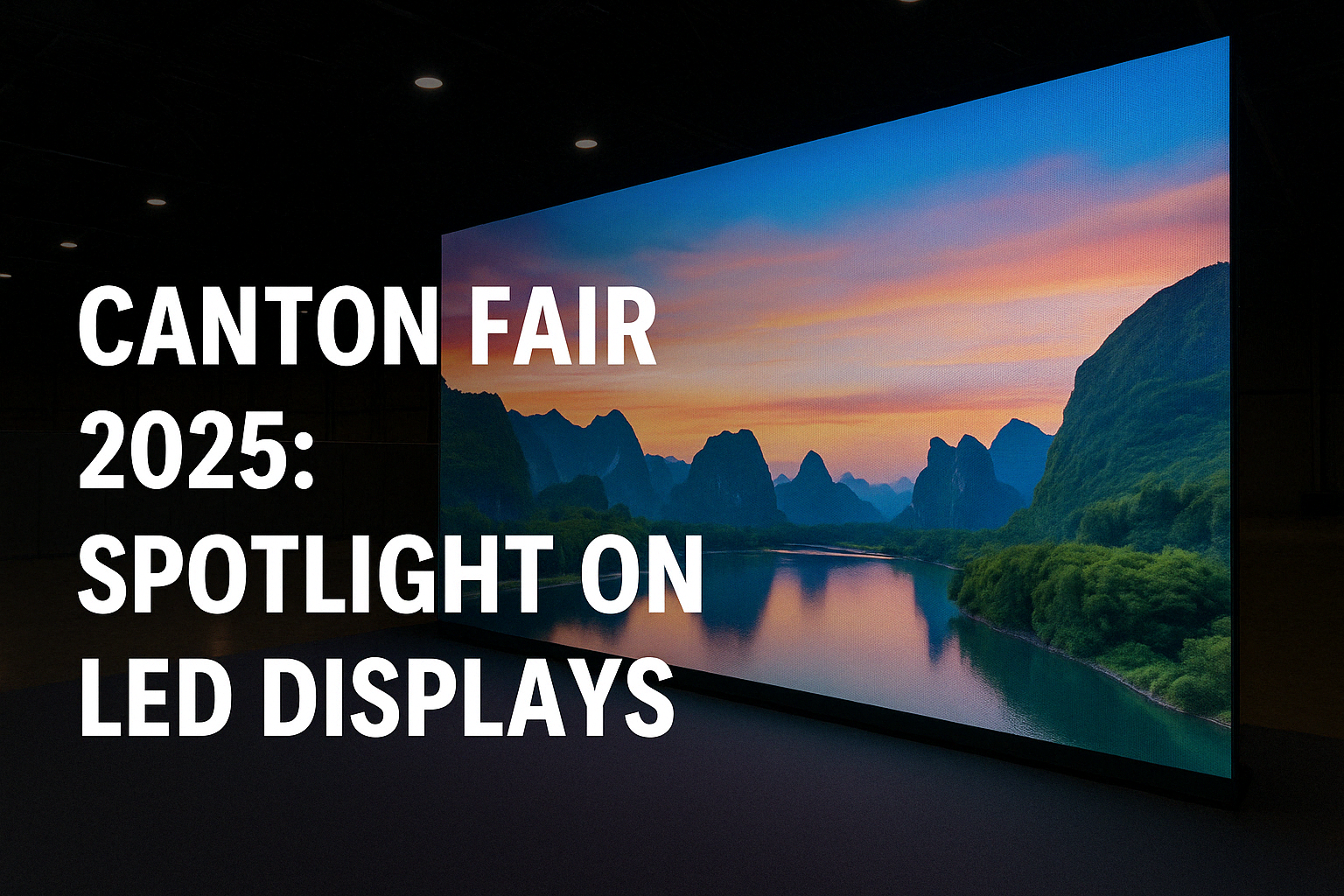
معرض كانتون 2025 معاينة: اتجاهات عرض LED لا يمكنك تفويتها - رؤى من Leadsheer
Every spring and autumn, the Canton Fair (China Import and Export Fair) becomes a global hotspot for discovering the latest trends in manufacturing, technology, and global trade. As we approach Canton Fair 2025, the spotlight is clearly shining on the next generation of LED displays—bringing with it innovations in fine-pitch technology, control systems, and sustainable design. Although LEDcheer will not be exhibiting at this year’s event, we continue to keep a close eye on the industry’s evolution. In this blog, we share some key developments in the LED display sector expected to emerge at the fair and explain how LEDcheer is helping shape the future of visual technology. 🔍 Why LED Displays Are Stealing the Show in 2025 As global industries shift towards immersive, energy-efficient, and intelligent visual solutions, LED displays are no longer just screens—they are becoming smart interfaces between people and data. At Canton Fair 2025, the most talked-about trends will likely include: These innovations reflect what buyers and integrators are looking for: performance, reliability, and customization. 💡 LEDcheer’s Take on 2025 Display Trends Though we won’t be attending in person, LEDcheer’s R&D teams are already working ahead of the curve in each of these areas: 1. COB & MIP Technology Our COB small-pitch series offers outstanding flatness, durability, and protection, making it ideal for command centers and conference rooms. MIP, on the other hand, allows easier module-level maintenance while enabling even tighter pixel spacing. 2. AI-Powered Visual Calibration We’ve integrated smart calibration systems that use AI to auto-adjust brightness, color uniformity, and pixel mapping—minimizing maintenance and enhancing image quality over time. 3. Sustainability & Efficiency LEDcheer is adopting low-power driver ICs and recyclable cabinet materials to reduce environmental impact, especially for long-term fixed installations. 🧭 What You Can Still Learn Without Attending Even if you’re not attending ...
بواسطةيهتف
2025-04-16
2025-04-16
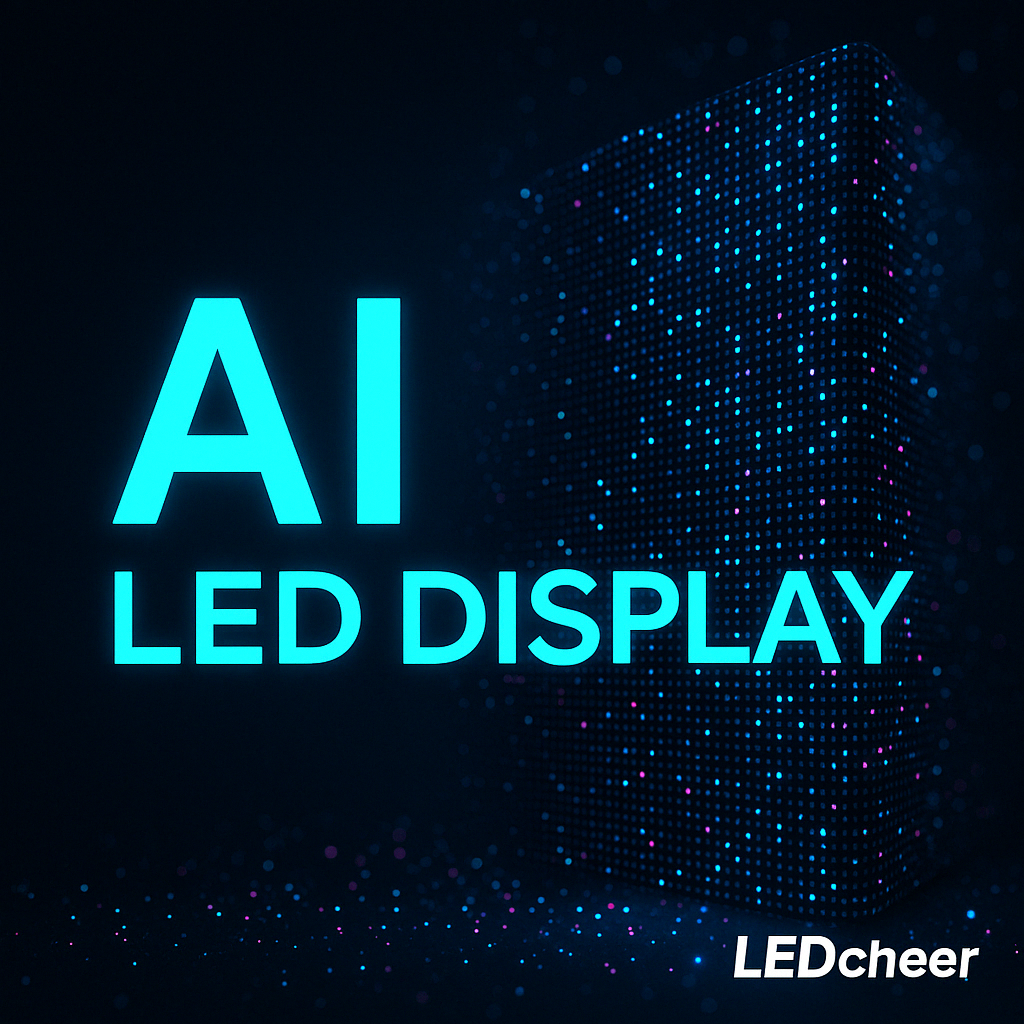
المستقبل مشرق: كيف تحدث منظمة العفو الدولية تقنية عرض LED
In a rapidly evolving digital world, the fusion of artificial intelligence (AI) and LED display technology is creating groundbreaking possibilities in how we communicate, visualize data, and interact with public and commercial environments. At the forefront of this revolution stands LEDcheer, a global innovator in high-performance LED displays. The Rise of AI-Driven LED Displays Traditionally, LED displays have been static, looped-message tools mainly used for advertising or simple visual presentations. However, with AI entering the picture, LED screens are now becoming dynamic, responsive, and intelligent visual interfaces. From smart city billboards to retail signage and control room dashboards, AI algorithms are empowering LED systems to: LEDcheer has been actively integrating AI solutions into its product development roadmap, bringing intelligent automation to sectors such as security surveillance, transportation hubs, and immersive commercial displays. Smarter Content Delivery One of the most exciting applications of AI in LED displays is smart content management. AI can analyze traffic patterns, weather conditions, or demographic data and dynamically update what’s shown on the screen—turning traditional signage into personalized, data-driven messaging platforms. Imagine an outdoor LED screen from LEDcheer that automatically shifts to display sunscreen ads when the UV index spikes, or switches to emergency weather updates in real-time. These capabilities are already being piloted in smart cities worldwide. Enhanced Visual Processing AI isn’t just about content—it’s also changing how displays look and feel. Machine learning algorithms can enhance: With ultra-fine pixel pitch screens like LEDcheer’s P0.9 and P1.2 indoor series, AI optimization ensures visuals remain crisp and seamless even in large-scale video walls. This is particularly valuable in control rooms, command centers, and broadcast studios, where real-time clarity is critical. Interactive and Immersive Experiences As interactivity becomes the new norm, AI plays a central role in bridging the gap between digital displays and human behavior. From ...
بواسطةيهتف
2025-04-15
2025-04-15
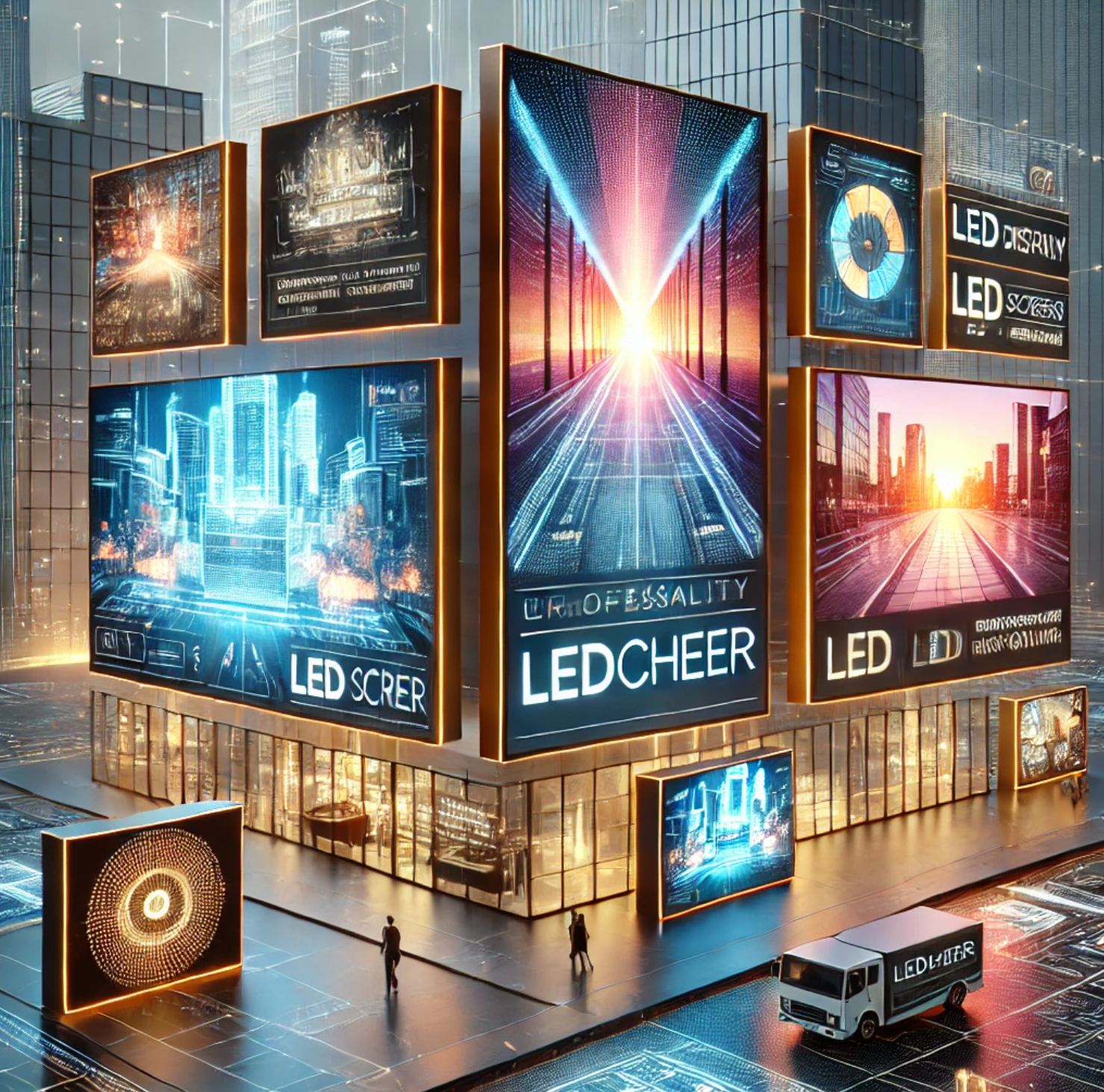
استكشاف LIGHSHEER: إحداث ثورة في التجارب البصرية مع حلول عرض LED المتقدمة
In today’s dynamic digital landscape, the demand for high-quality, versatile, and innovative display solutions is ever-increasing. LEDCheer, a leading manufacturer in the LED display industry, stands at the forefront of this revolution, offering a diverse range of products tailored to meet the evolving needs of various sectors. A Glimpse into LEDCheer’s Product Portfolio,LEDCheer’s extensive product lineup is categorized into several key segments: 1.Rental and Stage LED Displays: Designed for seamless installation and transportation, these displays are ideal for concerts, الأحداث, and exhibitions. They feature quick-assemble designs, ensuring efficiency and reliability. 2.Creative LED Displays: Catering to the creative industry, these displays can be customized into various shapes and structures, such as curved screens, spherical screens, and other irregular forms. This flexibility provides exceptional visual effects and creative freedom, making them perfect for architectural facades, stage backgrounds, and immersive environments. 3.Commercial LED Displays: These displays are engineered for high-definition performance, incorporating advanced technologies like COB (Chip-on-Board) and GOB (Glue-on-Board) to deliver superior image quality. They are touchable, washable, and splicable, meeting the needs of conferences, education, and commercial displays. 4.دوه (الرقمية خارج المنزل) LED Displays: Built to withstand outdoor conditions, these displays are constructed with aluminum alloy and die-cast aluminum cabinets, ensuring durability and resistance to wind and rain. They are designed to deliver high brightness and stable quality, making them ideal for outdoor advertising and public spaces. 5.مُكَمِّلات: To complement their display solutions, LEDCheer offers a range of accessories, including hanging beams, maintenance tools, إمدادات الطاقة, receiving cards, sending boxes, and U-shaped clips. These components ensure a seamless and integrated display system, providing customers with a comprehensive solution. Innovative Technologies at LEDCheer LEDCheer is committed to innovation, integrating cutting-edge technologies into their products: تكنولوجيا البوليفيين: The COB high-protection displays offer easy front maintenance and feature hot-plug modules with cable-free connections, enhancing durability ...
بواسطةيهتف
2025-02-25
2025-02-25
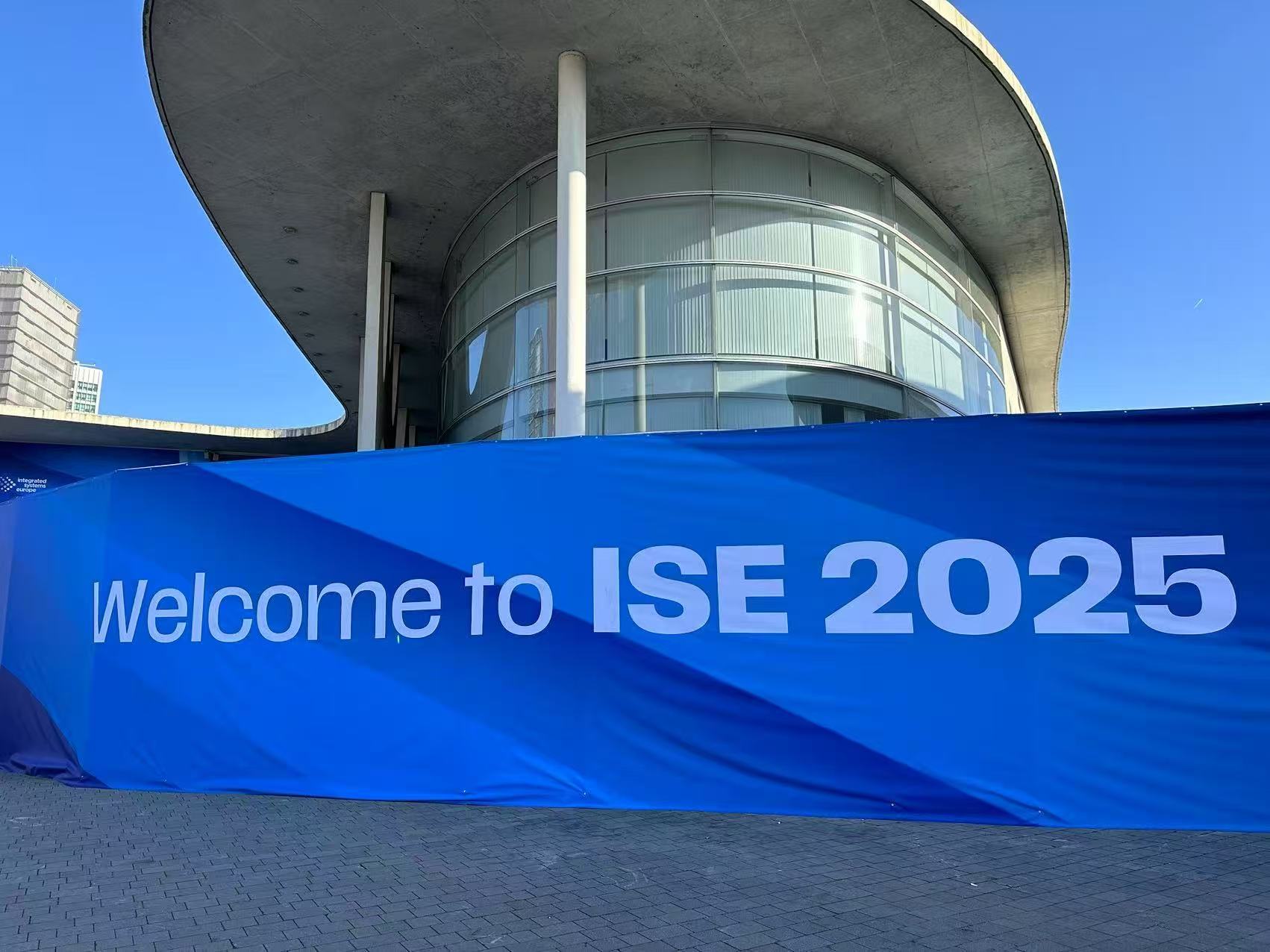
ISE 2025 and the New Trends Shaping the Future of the LED Display Industry
The Integrated Systems Europe (ISE) exhibition has long been a cornerstone event for the audiovisual and systems integration industry, showcasing the latest innovations and trends that drive the market forward. As we look ahead to ISE 2025, the LED display industry is poised to undergo transformative changes, fueled by technological advancements, evolving consumer demands, and emerging applications. In this blog, we explore the key trends that will define the LED display industry in the coming years and how ISE 2025 will serve as a platform to highlight these developments. 1. Mini LED and Micro LED: The Next Frontier in Display Technology One of the most significant trends in the LED display industry is the rapid adoption of Mini LED and Micro LED technologies. These innovations are set to revolutionize the market by offering superior brightness, contrast, and energy efficiency compared to traditional LED displays. The challenge for manufacturers remains reducing production costs and improving yield rates. However, as these technologies mature, they will unlock new opportunities for the LED display industry. 2. Virtual Production and XR Studios: A Game-Changer for Content Creation The rise of virtual production and extended reality (XR) studios has created a booming demand for high-performance LED displays. These technologies, popularized by the film and entertainment industry, enable real-time rendering of virtual environments, reducing post-production costs and enhancing creative flexibility. At ISE 2025, we anticipate a strong focus on LED displays tailored for virtual production. Key features will include: As the demand for high-quality content grows, LED displays will play a pivotal role in shaping the future of storytelling and visual experiences. 3. Smart Displays and IoT Integration The convergence of LED displays with the Internet of Things (IoT) is another trend set to dominate ISE 2025. Smart displays equipped with sensors, connectivity modules, and AI-driven software are transforming how businesses interact with their ...
بواسطةيهتف
2025-02-20
2025-02-20
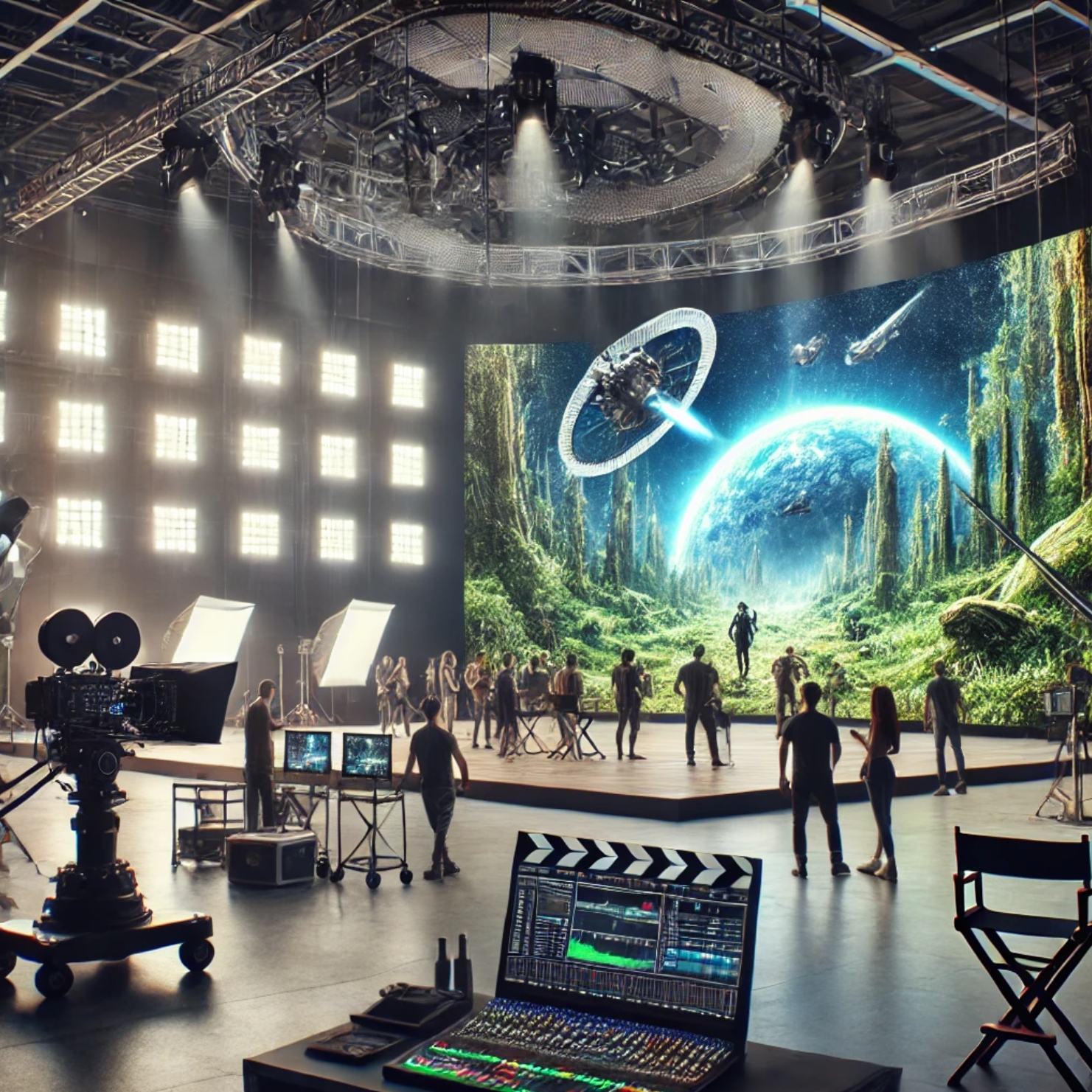
شاشات عرض LED غامرة وتكنولوجيا XR: تحويل التجارب البصرية
Introduction The rapid advancement of display technology has led to the emergence of immersive LED display screens and Extended Reality (XR) displays. These cutting-edge solutions are reshaping industries ranging from entertainment and education to healthcare and retail. By combining ultra-high-resolution visuals with real-time interactivity, immersive LED and XR displays provide unparalleled experiences that captivate audiences and redefine how we perceive the digital world. This blog explores the technologies behind these displays, their applications, and their transformative impact across various sectors. Understanding Immersive LED Display Screens Immersive LED display screens are high-resolution panels designed to create engaging visual environments. These screens often feature small pixel pitches, enabling exceptional clarity even at close viewing distances. When arranged in large-scale configurations, they envelop viewers in a seamless visual experience, making them feel as if they are part of the scene. Key Features of Immersive LED Displays: What is XR Display? Extended Reality (XR) refers to the fusion of Virtual Reality (VR), Augmented Reality (AR), and Mixed Reality (MR). XR display technology enhances the user experience by blending digital and physical worlds through advanced visuals, sensors, and interaction systems. Components of XR Displays: Applications of Immersive LED Screens and XR Displays 1. Entertainment and Media 2. Corporate and Retail 3. Education and Training 4. Healthcare 5. Architecture and Real Estate Advantages of Immersive LED Screens and XR Displays Challenges and Considerations The Future of Immersive LED and XR Displays As technology continues to evolve, immersive LED and XR displays are expected to become even more advanced and accessible. Emerging trends include: These advancements will further expand the applications of immersive LED and XR displays, cementing their role in shaping the future of visual technology. Conclusion Immersive LED display screens and XR displays represent a paradigm shift in how we engage with digital content. Their ...
بواسطةيهتف
2025-01-03
2025-01-03
